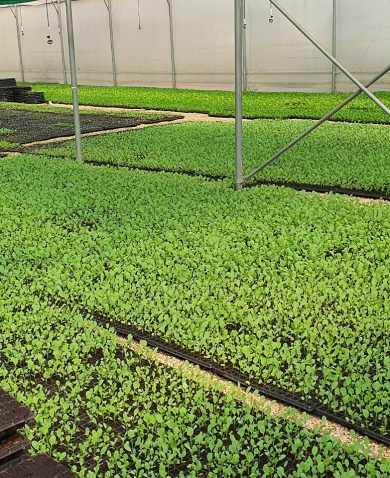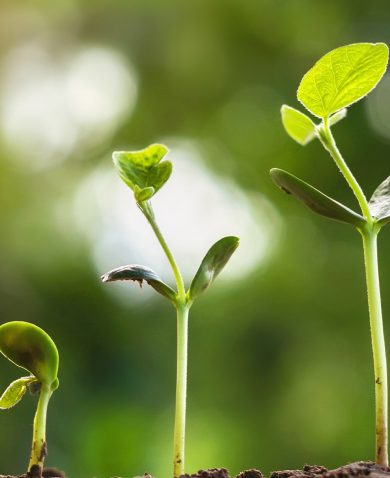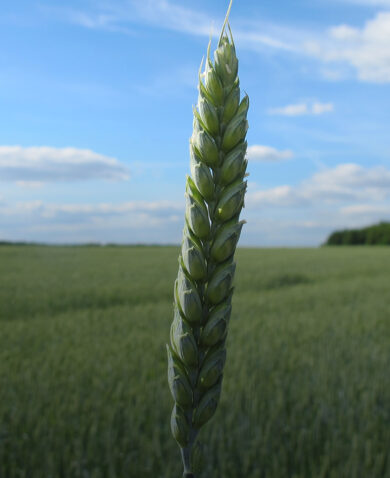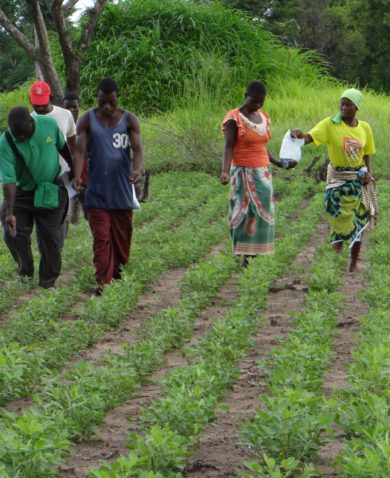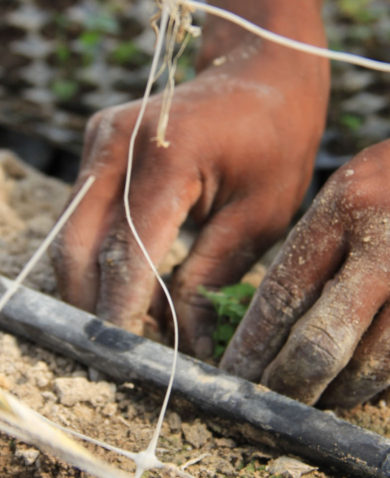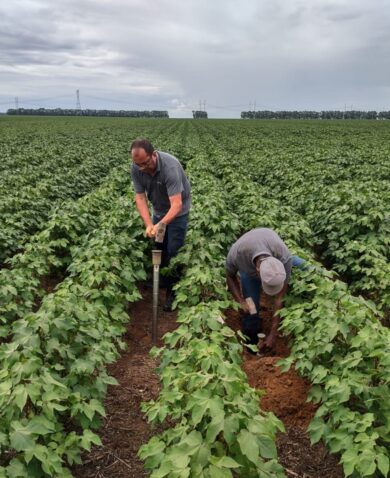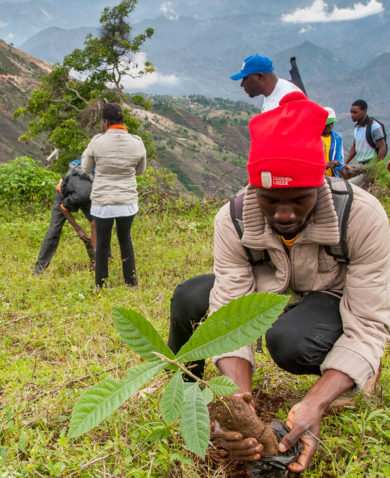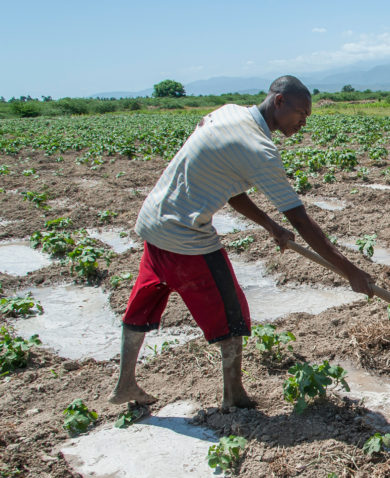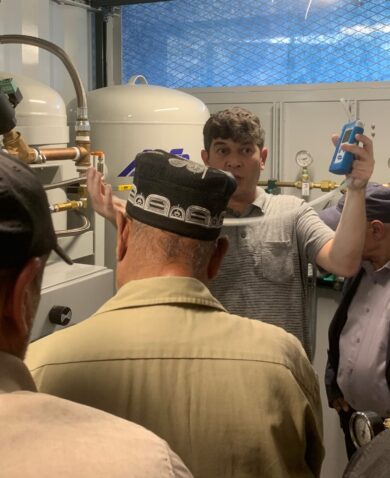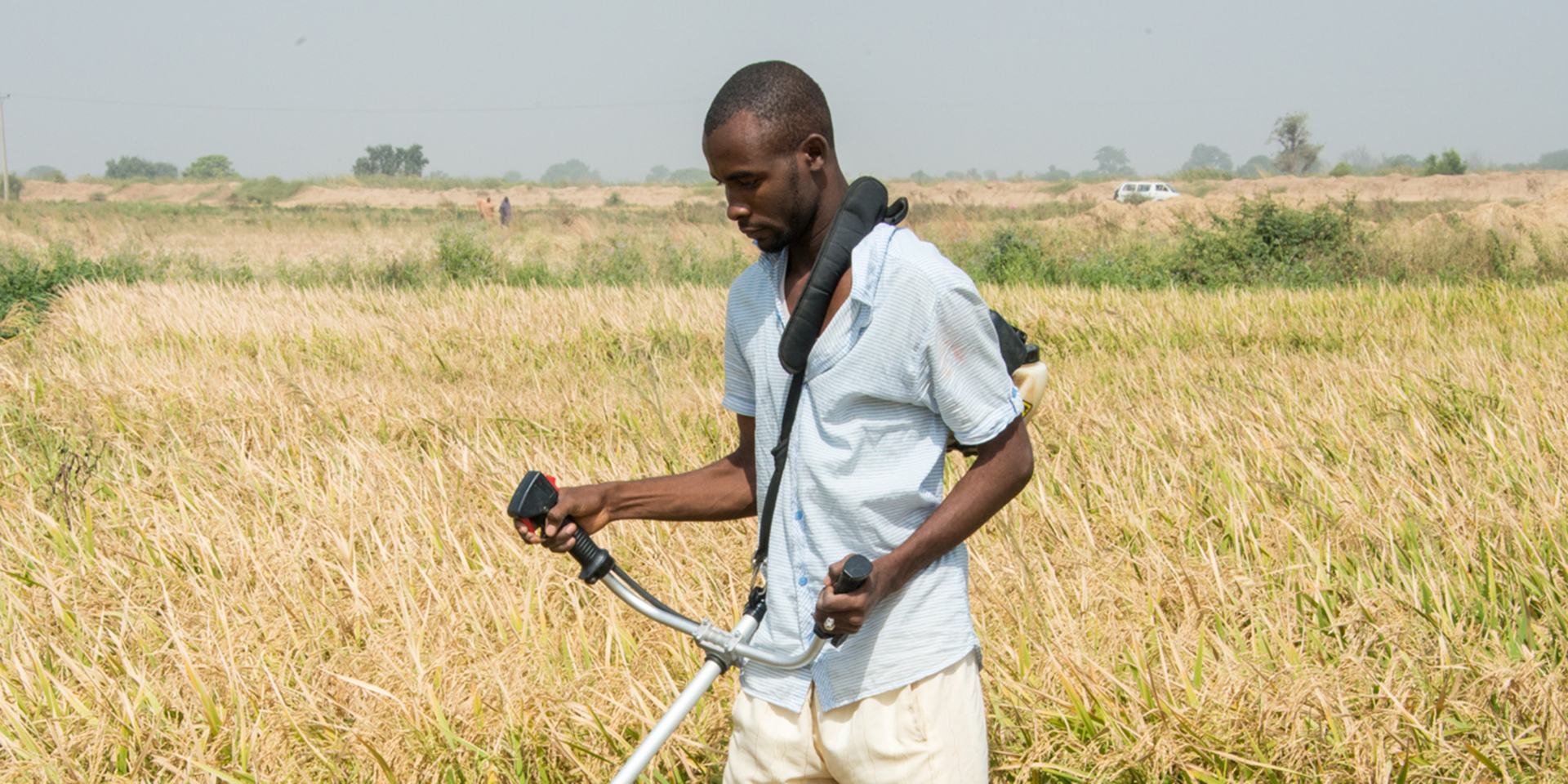
Four Ways to Build Smallholder Resilience
September 22, 2015 | 3 Minute ReadNew local linkages, more stable pricing, and an extended growing season for higher quality rice has brought about a systemic change in which Nigerians are now buying more local rice.
This blog was originally published by the SEEP Network, and is cross-posted with permission.
There are approximately 500 million smallholder farms in the world providing up to 80 percent of food consumed in Asia and Sub-Saharan Africa. Unfortunately, despite smallholder farmers’ substantial role in the world’s access to food resources, they consistently face constraints including poor access to improved inputs, reliance on rainwater for irrigation, poor natural resource management, poor collaboration, use of traditional rather than modern techniques, limited access to technology, and production of low value crops. They also suffer low resilience to common shocks such as hunger months, flooding, disease and natural destruction of crops, and in the case of Liberia, the Ebola crisis. From country to country, smallholders face unique challenges that require tailored solutions to yield sustainable results. In the following case studies, you’ll find that Nigeria, Liberia, Uganda and Haiti by necessity used very different approaches to build resilience; and yet the results of such activities support the common goal of building smallholder resilience, which is essential to ensuring long-term gains for poor households and sustained transformation of markets.
The MARKETS II program in Nigeria
To address inadequate raw materials for large scale rice millers in Nigeria, the Maximizing Agricultural Revenue and Key Enterprises in Targeted Sites II (MARKETS II) program introduced smallholders to dry season farming—an alternative to the one annual planting cycle which occurs during the wet season—in addition to utilizing new technologies and inputs. As a result, 11,000 Nigerian farmers now grow dry season rice. Yields increased from 2.5 metric tons per hectare (MT/ha) to an average of 6MT/ha. Gross margins (including reducing production costs) increased by 97 percent. New local linkages, more stable pricing, and an extended growing season for higher quality rice has brought about a systemic change in which Nigerians are now buying more local rice rather than imported rice. This has resulted in increased smallholder resilience, especially in the dry hunger months, when previously incomes were variable and uncertain. MARKETS II is being implemented by Chemonics.
The LAUNCH program in Liberia
In Liberia, the USAID-funded Liberian Agricultural Upgrading, Nutrition and Child Health (LAUNCH) program facilitated the introduction of 1,200 youth to improved seed and diversified input products for nutritional gain, and linked them with care groups which promoted early childhood nutrition. The project supported youth to identify strategies to overcome common setbacks for entrepreneurs: diversifying business cycles, understanding the impact of savings, and being flexible and responsive to demand and opportunity, which proved especially effective during the Ebola crisis. Making Cents is a subcontractor on the LAUNCH program.
The DESIGN program in Uganda
The Uganda Developing Economic Strengthening Interventions for Group Production (DESIGN) program, in collaboration with an academic researcher and a tailor-made research tool, uses research results to design cooperative activities that build social capital amongst smallholders and increase incomes and household nutrition. The DESIGN program is being implemented by Global Communities.
The WINNER project in Haiti
In Haiti, as a result of the Watershed Initiative for National Natural Environmental Resources (WINNER) project, hillside greenhouses were built to increase production and stabilize hillsides. In addition, 18,000 hectares are now irrigated, including the Rivière Grise perimeter which generates $20 million in annual revenues and 15,000 permanent jobs. Because of these innovations, smallholders in Haiti experienced a 119 percent increase in income from 2009 to 2014. WINNER was implemented by Chemonics.
Are you interested in learning more about building smallholder resiliency and how to leverage these proven approaches and yield similar results in your own programming? Please join us for the panel “Four Ways to Build Smallholder Resilience,” at the 2015 SEEP Annual Conference on Thursday, October 1st where you can learn about building resilience through various “entry points” including supply chain improvements, climate change mitigation, cooperative development, and the true test of resilience: a post-shock evaluation of program interventions.
Chemonics welcomes panelists Hillary Proctor, Deputy Director, Technical Services at Making Cents International; Kristin Wilcox, Manager, Cooperative Development Programs at Global Communities; Ilisa Gertner, Deputy Chief of Party, USAID/Chemonics International Nigeria MARKETS II and Mario Kerby, former Deputy Chief of Party, USAID/Chemonics International Haiti WINNER II, to lead this intriguing discussion. We look forward to seeing you there and continuing this important conversation!




